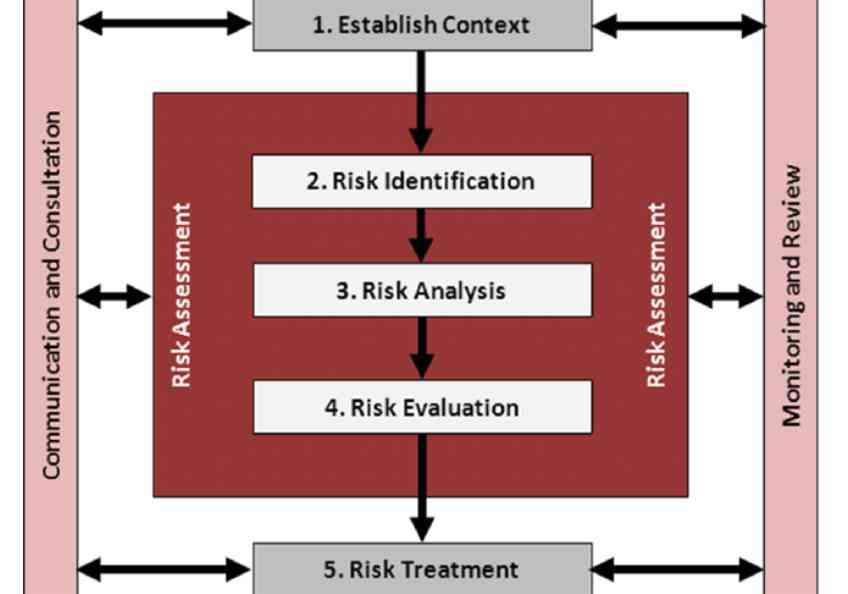|
International
Standard
ISO 14127
Second edition
Carbon-fibre-reinforced
2024-07
composites — Determination of the
resin, fibre and void contents
Composites renforcés de fibres de carbone — Détermination des
teneurs en résine, en fibre et en vide
Reference number
© ISO 2024
All rights reserved. Unless otherwise specified, or required in the context of its implementation, no part of this publication may
be reproduced or utilized otherwise in any form or by any means, electronic or mechanical, including photocopying, or posting on
the internet or an intranet, without prior written permission. Permission can be requested from either ISO at the address below
or ISO’s member body in the country of the requester.
ISO copyright office
CP 401 • Ch. de Blandonnet 8
CH-1214 Vernier, Geneva
Phone: +41 22 749 01 11
Email: [email protected]
Website: www.iso.org
Published in Switzerland
ii
Contents Page
Foreword .iv
Introduction .v
1 Scope . 1
2 Normative references . 1
3 Terms and definitions . 2
4 Test specimens — General requirements . 2
5 Conditioning . 2
6 Method A: Resin removal method .3
6.1 Principle .3
6.1.1 Procedure A1: Combustion procedure .3
6.1.2 Procedure A2: Nitric acid digestion procedure .3
6.1.3 Procedure A3: Digestion in a sulfuric acid/hydrogen peroxide mixture .3
6.2 Apparatus and reagents .3
6.2.1 General .3
6.2.2 Procedure A1 .3
6.2.3 Procedure A2 .4
6.2.4 Procedure A3 .4
6.3 Test specimen .4
6.4 Procedure .5
6.4.1 Density measurements .5
6.4.2 Procedure A1 .5
6.4.3 Procedure A2 .6
6.4.4 Procedure A3 .7
6.5 Expression of results . .8
7 Method B: Thickness measurement method .9
7.1 Principle .9
7.2 Apparatus and materials .9
7.3 Test specimen .9
7.4 Procedure .9
7.5 Expression of results .9
8 Method C: Microscopic method . 10
8.1 Principle .10
8.1.1 Procedure C1: Determination of fibre volume content .10
8.1.2 Procedure C2: Determination of areal void content .10
8.2 Apparatus and materials .10
8.2.1 General .10
8.2.2 Procedure C1 .11
8.2.3 Procedure C2 .11
8.3 Test specimen .11
8.3.1 General .11
8.3.2 Specimen preparation .11
8.4 Procedure . 12
8.4.1 Procedure C1 . 12
8.4.2 Procedure C2: . 12
8.5 Expression of results . . 13
9 Precision . 14
10 Test report .15
Bibliography .16
iii
Foreword
ISO (the International Organization for Standardization) is a worldwide federation of national standards
bodies (ISO member bodies). The work of preparing International Standards is normally carried out through
ISO technical committees. Each member body interested in a subject for which a technical committee
has been established has the right to be represented on that committee. International organizations,
governmental and non-governmental, in liaison with ISO, also take part in the work. ISO collaborates closely
with the International Electrotechnical Commission (IEC) on all matters of electrotechnical standardization.
The procedures used to develop this document and those intended for its further maintenance are described
in the ISO/IEC Directives, Part 1. In particular, the different approval criteria needed for the different types
of ISO document should be noted. This document was drafted in accordance with the editorial rules of the
ISO/IEC Directives, Part 2 (see www.iso.org/directives).
ISO draws attention to the possibility that the implementation of this document may involve the use of (a)
patent(s). ISO takes no position concerning the evidence, validity or applicability of any claimed patent
rights in respect thereof. As of the date of publication of this document, ISO had not received notice of (a)
patent(s) which may be required to implement this document. However, implementers are cautioned that
this may not represent the latest information, which may be obtained from the patent database available at
www.iso.org/patents. ISO shall not be held responsible for identifying any or all such patent rights.
Any trade name used in this document is information given for the convenience of users and does not
constitute an endorsement.
For an explanation of the voluntary nature of standards, the meaning of ISO specific terms and expressions
related to conformity assessment, as well as information about ISO's adherence to the World Trade
Organization (WTO) principles in the Technical Barriers to Trade (TBT), see www.iso.org/iso/foreword.html.
This document was prepared by Technical Committee ISO/TC 61, Plastics, Subcommittee SC 13, Composites
and reinforcement fibres.
This second edition cancels and replaces the first edition (ISO 14127:2008), which has been technically
revised.
The main changes are as follows:
— the new method: Method C (microscopic method) as means to determinate fibre content by volume and
areal void content has been added;
— technical details related to the new method have been edited;
— procedure A3 has been modified by replacing the heating plate, beaker and watch glass with a heating
mantle and round bottom flask;
— in subclauses 4.3,6.3 and 7.3, where provisions for the number of test samples per assessment have been
newly added;
— “m ” has been corrected to “ϕ ” in Formula (4).
r r
Any feedback or questions on this document should be directed to the user’s national standards body. A
complete listing of these bodies can be found at www.iso.org/members.html.
iv
Introduction
The constituent contents such as fibre content, resin content as well as void content are parameters
characterize physical/structural properties of carbon-fibre-reinforced composites. Such properties are
proven to have influence on mechanical performances of carbon-fibre-reinforced composites; thus, the
constituent contents are always required as important index for processing quality control.
Microscopic method calculates the fibre volume content/areal void content from measured fibre area/void
area and the area of cross-section of a specimen. The principle of this method differs from method A or B,
so that me
...














